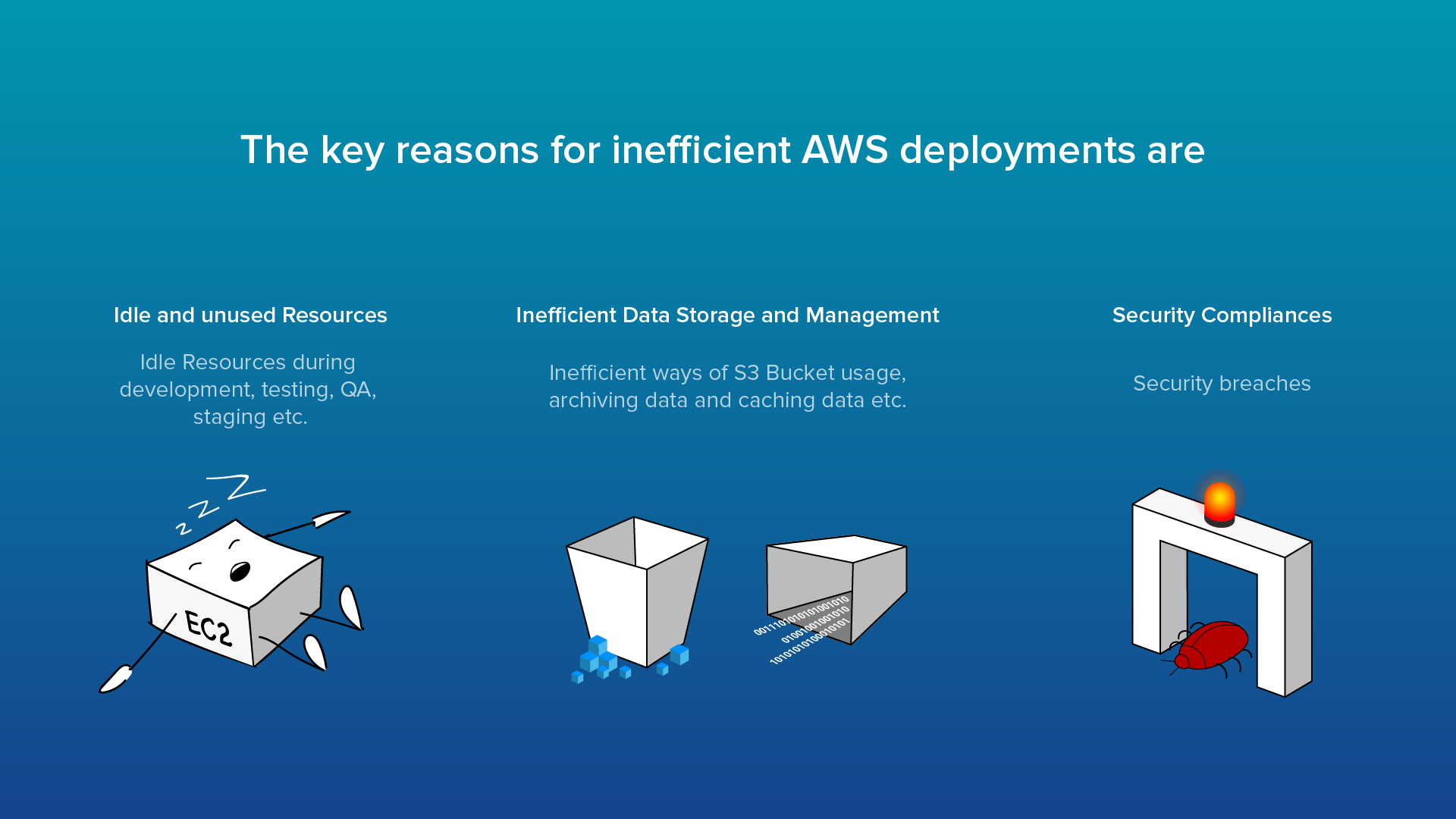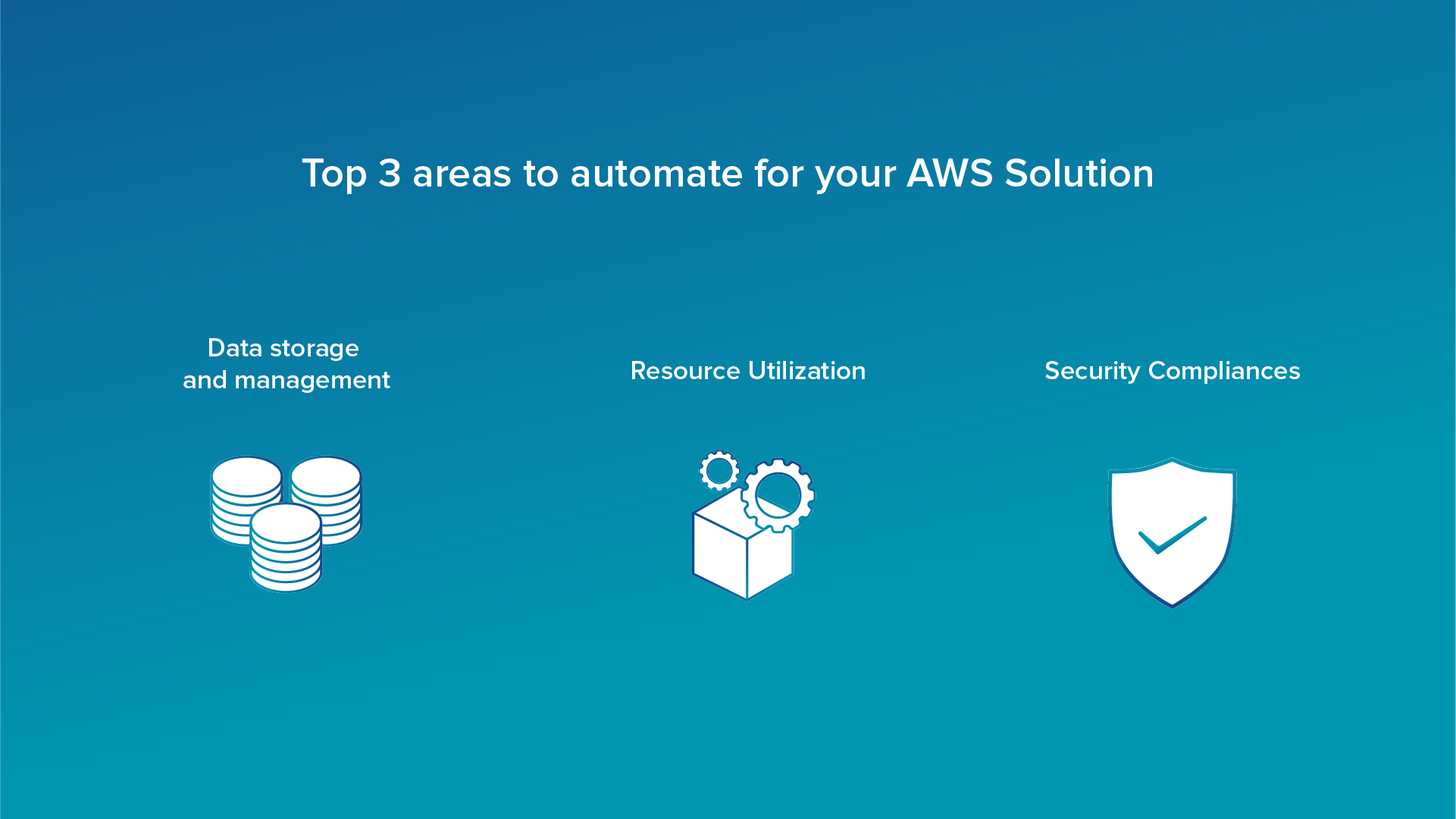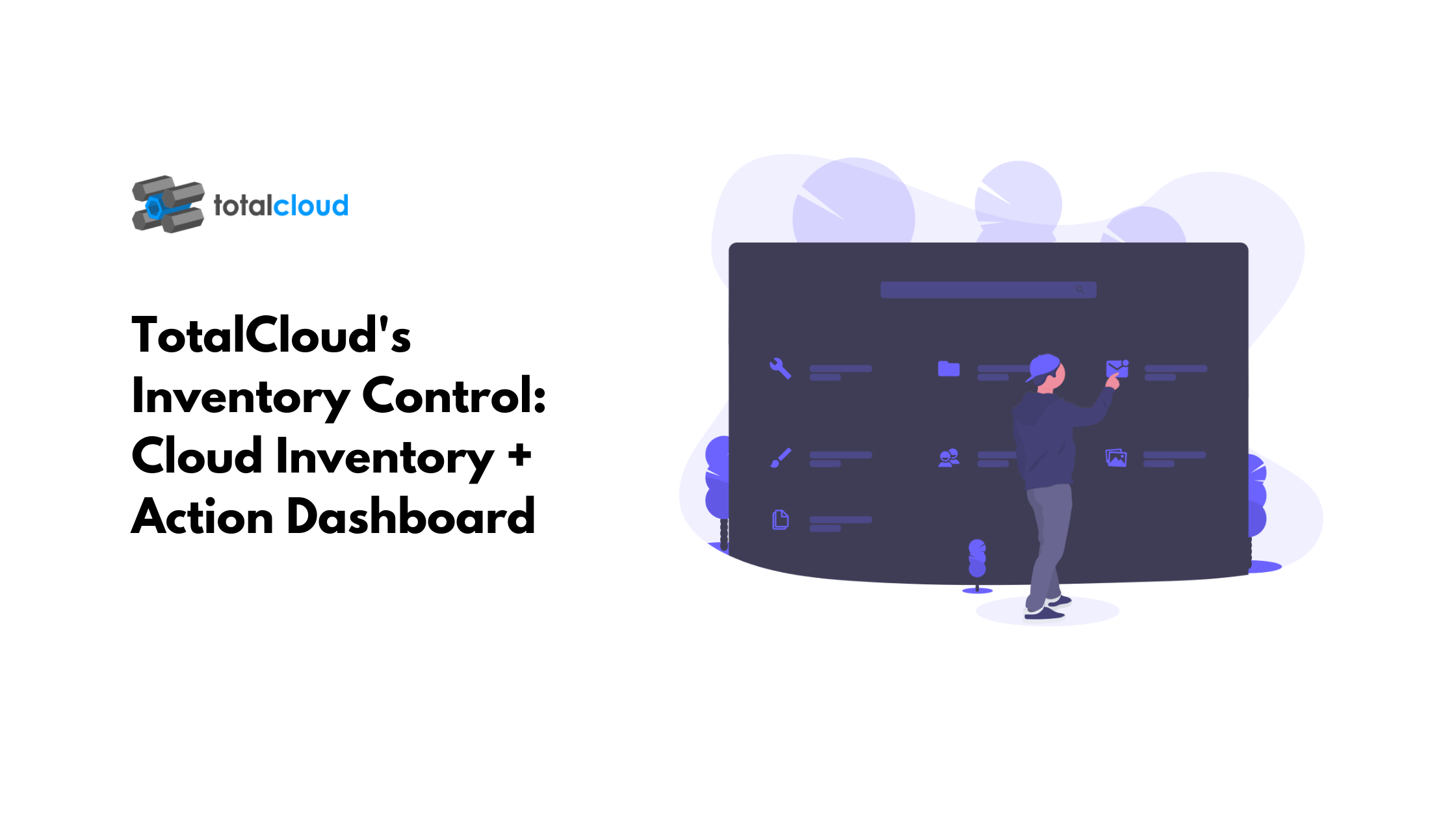AWS is one of the most used cloud services across the world. Gartner Magic Quadrant ranks AWS as the largest IaaS providers. AWS services are used by enterprises from every possible domain. Around 1000,000 companies worldwide are using AWS as their IaaS provider.
From Netflix to Unilever to Met Office everyone has moved to cloud infrastructure on AWS. Since you are reading this blog, chances are you are using AWS too, and overpaying too! !
A report suggests enterprises around the globe overpay an amount of 6.4 Billion Dollars for AWS cloud services. An amount that would make at least 6 startups a Unicorn.

Amount overpaid for AWS solutions = $6.4 Billion
It is dangerously easy to get your organization to move to cloud infrastructure and easier to get it wrong, thus overpaying in hundreds of dollars on AWS deployments. Here are a few pointers:

There are resources that are required only on a case-to-case basis. However, enterprises end up paying for them round the clock. Areas where such resources can be found are development, testing, QA, staging, etc. Similarly, there are resources that are not required anymore. However, they continue to run. Some examples to elucidate would be:
With the amount of data enterprises require, irrespective of the industry/vertical, you have to be prudent in how you store and manage the data. Failing to do so can result in your enterprise’s compute costs flying through the roof. Some of the places where you need to efficiently manage data are S3 usage, archiving data, caching data, etc.
In the early days of cloud adoption, one of the major reasons for enterprises’ reluctance to shift to a cloud was security concerns. Even today, one of the major challenges enterprises face is ensuring a secure AWS infrastructure 24/7.
Despite all measures, enterprises have been victims of security breaches. For instance, in 2017, Accenture accidentally configured four of their AWS S3 buckets as accessible to the public. This meant anyone who could access and figure out one of the bucket’s URL would be able to download the bucket’s content. In the same year, hackers got access to Uber’s GitHub data and were able to extract the AWS credentials of the company.
With the augmentation of AWS in an enterprise setup, several factors, such as instance options, management, selection, and deployment of the right solutions become more and more complex to handle.
Despite these limitations, an enterprise can scale on AWS without overpaying! How? Using AUTOMATION!

Efficient use of S3, proper data retrieval, archiving and information caching methods can help save hundreds of dollars for enterprises. So, automate the following:
In an enterprise setup, managing hundreds of AWS EC2 instances poses a huge challenge. Optimizing their usage and avoiding cost wastage are of paramount importance. Read the best practices you must adopt to achieve efficiency in scheduling. Autoscaling definitely helps in utilizing EC2s optimally, however, there are other areas that can be automated, to avoid overpaying, such as:
You can use our EC2 cost savings calculator to find out how much you can save on compute spend by scheduling your resources, and enabling real-time scheduling.
While AWS security solutions emphasize security protocols, organizations still face challenges while ensuring a robust security infrastructure, and sometimes face security breaches like the ones mentioned earlier in the article. There are two ways in which security issues may arise – inefficient user management and unauthorized access. You can use our security checklist to ensure your architechture is risk-free.
In such cases, automation can help. Here’s how:
AWS is a boon for enterprises for scaling their infrastructure into a secure platform. However, not optimizing the usage can lead to wastage of precious dollars for your enterprise. Automating the critical elements can help enterprises achieve this. And this is where cloud management automation platform like TotalCloud can help you make the most out of your AWS deployments and help you avoid overpaying your AWS bills. Know more …

.png)
.png)
.png)
.png)
